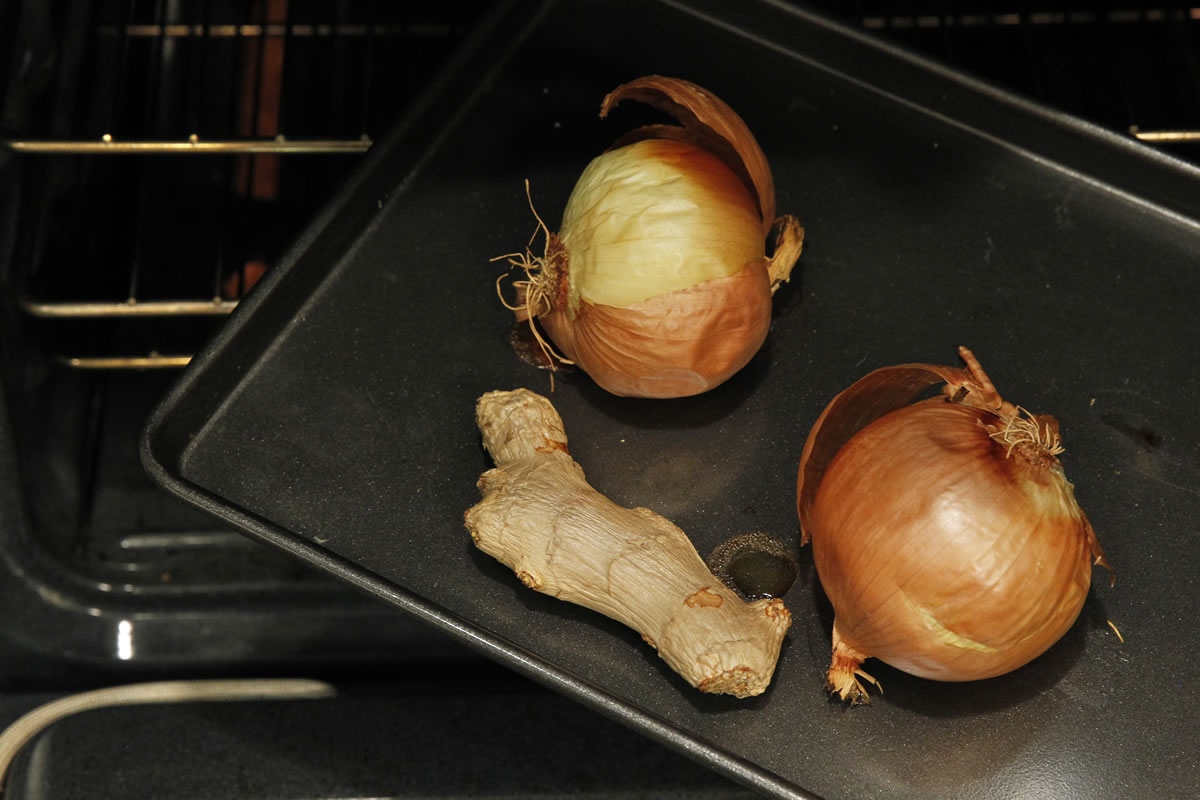Food & Dining
For more recipes and reviews of Clark County restaurants, visit columbian.com/food
ASSEMBLING PHO
Charles Phan’s tips:
Warm large serving bowls.
Arrange garnishes and sauces at the table.
Have broth at a full boil.Put cooked noodles in bowl.
Top with cooked meat.
Add a few slices of raw meat.
Ladle boiling-hot broth over all.
Serve immediately.
Each person adds garnishes as desired.
KNOW YOUR NOODLES
Noodles are an important ingredient in Asian dishes, from Japan’s soba (buckwheat) to the rice noodles used in Thailand’s pad thai. “Vietnamese Home Cooking” author Charles Phan offers a few tips on working with noodles, including the delicate rice noodles used in pho.
Cellophane: Also called glass noodles or bean thread noodles. Made from mung beans. Popular as a filling or in noodle stir-fries. To use, cover with hot water and soak 10 to 15 minutes.
Rice: Can be flat (thin, medium or wide) or round (called bun). Use flat noodles in pho and stir-fries; round ones (thinnest called vermicelli) in spring rolls. To use, boil dried versions in unsalted water until “tender yet still have some bite,” then rinse.



